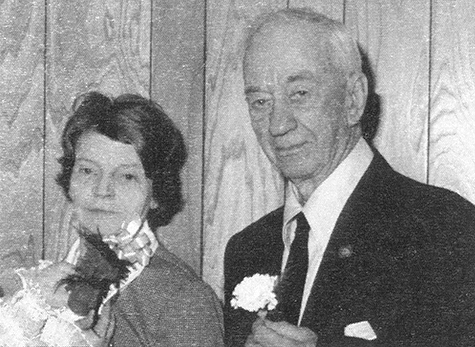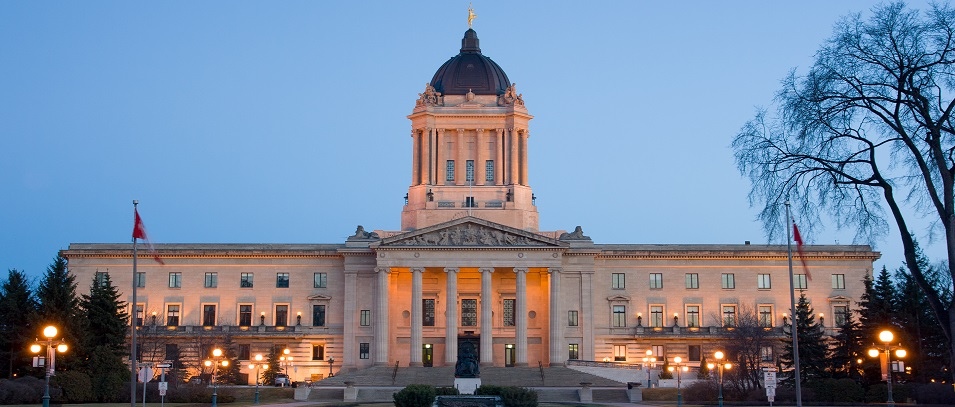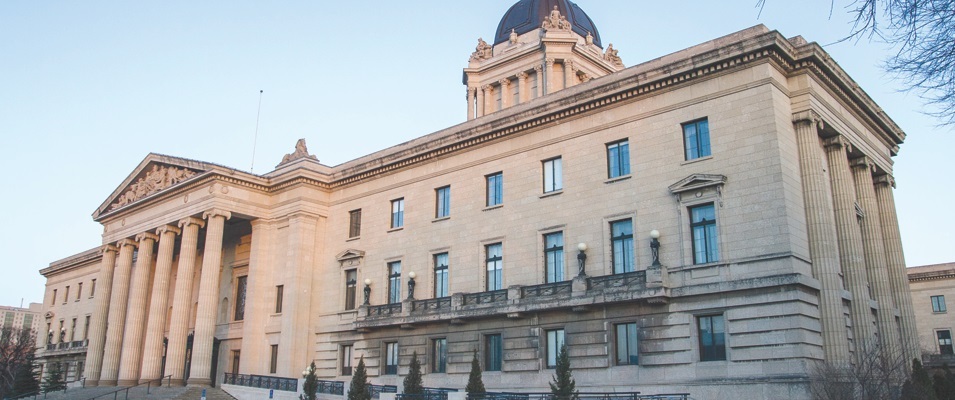
John Muir was born in Galston, Scotland in 1897 and immigrated to Canada with his siblings and parents in 1904. They settled in Winnipeg on Lavinia Street just north of Portage Avenue.
John was barely 18 years old when he walked into the recruiting office in Winnipeg on April 7, 1915 and enlisted to fight overseas in World War I. Well over 670,000 enlisted from Canada and John was to be one of over 421,000 who left Canada to join the fight. The early hope had been for a war of short duration. However, by the time of the signing of the armistice on November 11, 1918, 17 million lives had been lost and over 20 million people had been wounded. The loss of life for Canadian soldiers was significant; over 60,000 lost their lives and another 170,000 received injuries.
As I thought about why John would have put his life in grave danger, I read the following quote from The Globe and Mail: “As one of the British-born soldiers remarked years after the war, ‘I felt I had to go back to England. I was an Englishman, and I thought they might need me.’” In speaking with family members and other friends in the community, this rationale seems to fit John.
The war was brutal. The trenches where John fought were inhabited with rats, and lice were prevalent. Water filled the trenches, and as a result millions experienced trench foot, a disease that resulted from men standing in water for hours at a time. In many cases, gangrene set in and soldiers lost toes, feet, and sometimes entire limbs.
Because of John’s small stature and his prowess as a marksman, he became a sniper in the war effort.
In WWI, the German army first utilized gas to wound and kill Allied soldiers. John was one of the soldiers who encountered mustard gas, and its impact lasted his entire life. His lungs were damaged and he struggled with shortness of breath, a consistent hacking cough that never left. Nonetheless, John was one of the fortunate ones who came home alive.
After the signing of the armistice, John went to Belgium and spent over a year in a peacekeeping initiative. He was awarded the War Cross in Belgium for his bravery and valour. Later, he returned to Manitoba and spent a few years at a soldier resettlement camp in La Broquerie.
John’s parents had moved to Niverville while he was away at war, but later in life, after the passing of his father in November 1936, John and his brother Bob took over the family farm. They farmed that land together until John’s marriage on October 20, 1939, to Mary Ellen Church. Bob, who had also married, moved to another acreage while John and Mary Ellen stayed put.
John loved the farm. His concern was for his children to get an education, to have more opportunity than he had experienced. He loved sports and the children still have memories of attending baseball tournaments together, and specifically his love of wrestling. Curling was another favourite pastime.
Yet John became silent when it came to talking about his experiences in the war. It’s a silence I have encountered with other men I’ve interviewed in the last 20 years. They saw things that most of us have never seen. They experienced unimaginable horror and loss.
The cheering and excitement that preceded the announcement of war has long passed. The collective world community lost so much. Millions died and many millions were wounded. Many came back with physical wounds, but none came back unscarred.
John and Mary Ellen had six children. John Junior, Robert, and Ken are now deceased. Eileen and Frances live in Winnipeg, and Ellen lives in St. Adolphe. John passed away on June 16, 1980, after spending a year at the Deer Lodge Hospital. Mary Ellen passed away in 1991 after spending some years at the St. Adolphe nursing home.
We honour you, John. Your sacrifice and bravery are a part of the reason we enjoy our freedoms in Canada today.




















